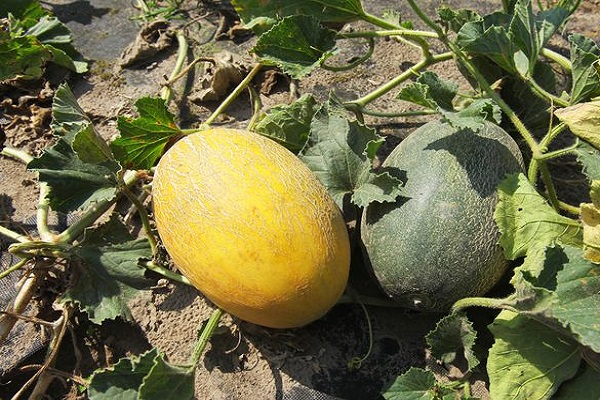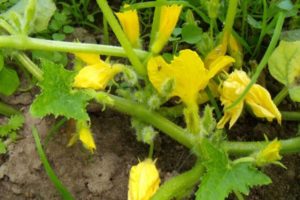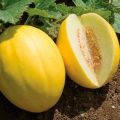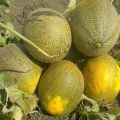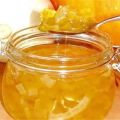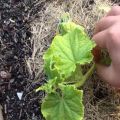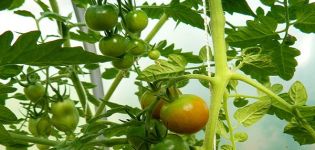Methods of combating melon diseases, their treatment and processing, danger to humans
Dangerous melon diseases deprive the crop, nullify all the labor of planting and caring for them. The damage from pests of melons is no less. If the cause of the disease can be a viral, bacterial or fungal infection, then the list of pests is longer:
- melon aphid;
- spider mite;
- wireworm;
- scoop;
- melon fly.
Prevention of melon diseases, timely control of them and insect pests help save the harvest.
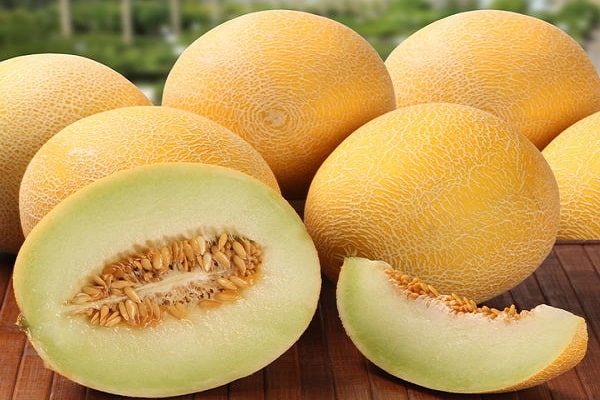
Melon pests
Any insects that settle on a melon damage it. Symptoms of infection shouldn't be disheartening. Knowing about dangerous melon pests and effective ways to eradicate them can save your crops.
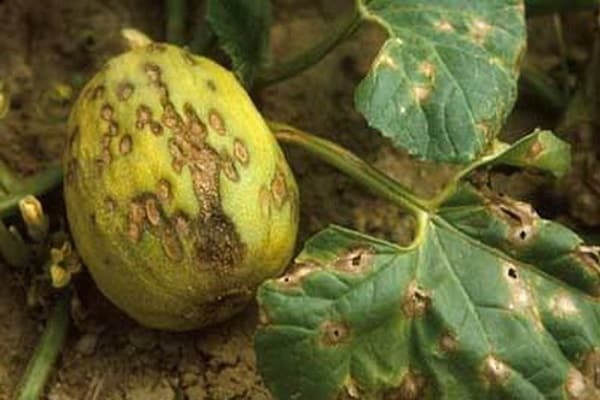
Melon fly
For our harsh climate, the melon fly is exotic. She has recently adapted to our cool climate. Before that, the region of habitation was warm countries (India, Egypt) and our Transcaucasia. The fruit, along with the seeds in it, suffers from fly larvae.
Melon fly is one of the most dangerous pests of this melon culture. In the southern regions, the damage from its invasion is enormous. The insect can destroy up to 50% of the entire crop. The insect lays eggs in the pulp of the fruit, gnawing holes in the skin and penetrating inside. Further damage is caused by the numerous larvae.

How to deal with melon fly?
A natural question arises: how can you deal with melon fly, what preventive measures save you from the pest? The first step is to know what such a dangerous melon fly looks like. This will help to recognize infestation early and prevent mass infestations of melons.
It is not difficult to recognize a dangerous insect, the fly has wings with yellow transverse stripes, the body is small (5–7 mm), oblong, yellow. If you saw a yellow insect and it has wings with four transverse black stripes, then you have an imago of a melon fly in front of you. Almost all members of the insect are yellow, only on the back are visible rounded dark spots.

Females lay up to 120 oblong eggs, narrowed at one end, milky white, up to 1 mm long. The years of the melon insect coincides with the formation of the fruits of melon crops, and lasts from the first days of June to October. The female lays eggs under the fruit's melon peel 7 days after mating.
The larvae penetrate the melon and feed on the fruit juice. When it is time for pupation, they leave the melon fruit and penetrate the soil.In the pupal phase, the insect is in the summer for 3 weeks, in the fall up to 1.5 months. For a year, one female will produce up to 3 generations of the pest.

A culture affected by a melon fly has external signs: holes in the skin and brown spots on its surface. Subsequently, melon fruits:
- lose their usual shape;
- rotting;
- give off an unpleasant odor;
- suffer from secondary infections.
The obvious danger to humans from eating fruits affected by the melon fly has not been identified, but they are not recommended to use. It is impossible to exclude the presence of infection in infected fruits. The most harmless disease after eating infected fruits is diarrhea.

Melon aphids on melons
The melon is not so much afraid of adult aphids as the melon larvae of the melon. The question of whether it is possible to eat fruits if aphids are on the melon should not arise. The larvae do not live in the melon (fruit). They live on the inner surface of the leaves, just like adults.
How to process the bushes if aphids have appeared on the melons:
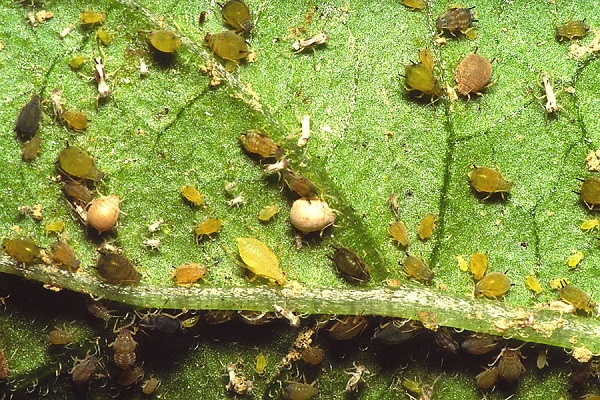
- karbofos - for 8 liters of water 60 g of the product;
- soap solution - add 100 g of soap shavings to 10 liters of water;
- Aktellikom - according to the instructions.
Aphids must be fought in the early stages, avoiding its active reproduction.
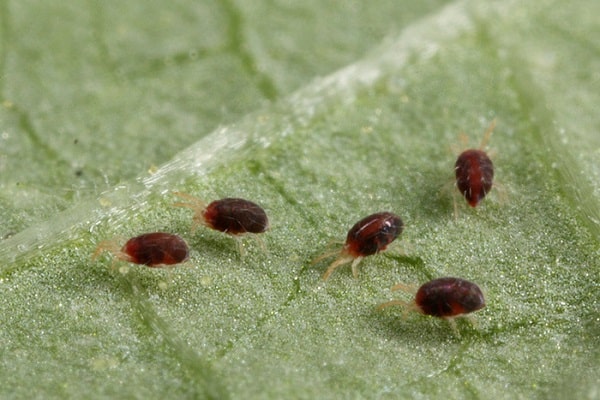
Spider mite
Melons and vegetable crops suffer from spider mites. Small pests live on the inner parts of the leaves. A large number of pests inhibits the development of plants. Due to the large loss of juice, they gradually dry out. The hallmark of a spider mite is yellow foliage and white spider webs on the leaves.
The first infected plants can be removed to prevent the insect from spreading to healthy plants. Sick bushes can be treated with acaricides or preparations containing sulfur and phosphorus. The means are alternated to maintain the effect. All parts of the plant are sprayed, even in the most inaccessible places.
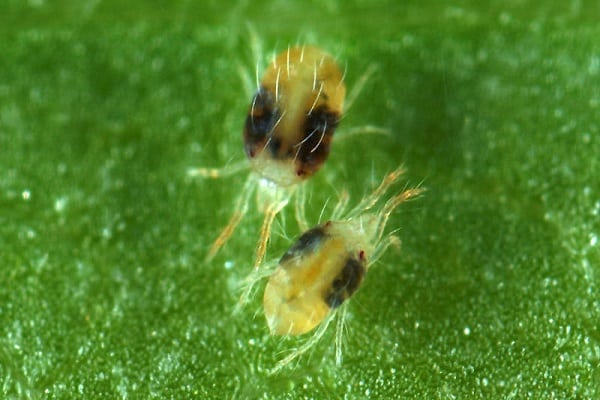
Bunny
The broomstick is a parasite plant. It does not have roots, they are replaced by suckers, with the help of which the broomrape can stick to the root system of melons and gourds and feed on their juice. The plant is very prolific - 1.5 million seeds per season. Moreover, they remain viable for more than one year.
Ways to combat broomrape:
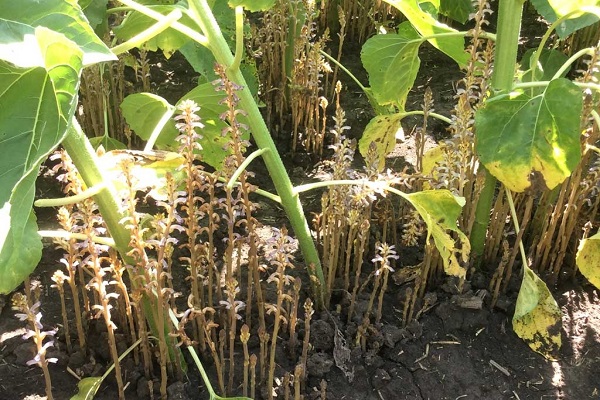
- crop rotation;
- use of virgin land for melon;
- deep plowing;
- keeping the land clean;
- biological control methods.
The biological version of the fight is the phytomiz fly. During the period of active flowering of broomrape, it is launched on melons. The larvae hatched from the eggs laid in flowers destroy the seeds of the parasite plant.
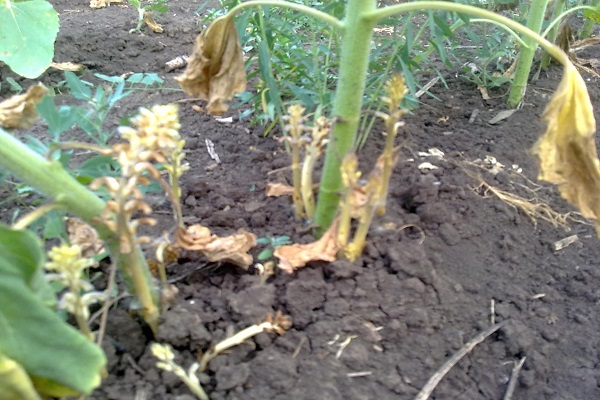
Gnawing scoops
The scoop is a butterfly, whose caterpillars are of an unpleasant gray color, live in the upper soil layer and cause significant damage to melon bushes. They gnaw out the flesh of the stems, which causes them to wilt, gradual dying off, leading to the death of the plant.
Standard ways to deal with gnawing scoop:
- loosening row spacings reduces the population of pupae and larvae;
- the use of chemicals according to the instructions and within the acceptable time frame;
- use of Bazudin during pre-sowing soil preparation.
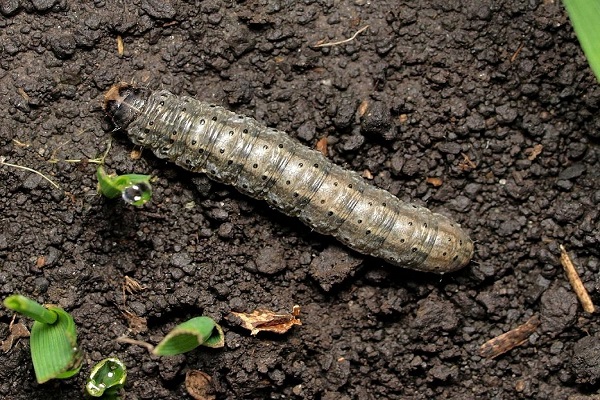
From the gnawing scoop, the drug Decis Profi is used, 0.4 g of the product is diluted in 5 liters of water for spraying the lashes. No more than 2 treatments can be carried out per season (before flowering and after). The product is toxic to bees.
Bazudin is added to the soil during the planting of melons. The recommended concentration is used - 15 g per hundred square meters. This dose is mixed with 0.5 liters of river sand to evenly distribute the product over the entire area of the ridge.

Melon diseases
Melon is susceptible to various infections that affect the yield, marketability and taste of the fruit. The main sources of contamination: poor quality seeds, contaminated soil. Additional factors provoking diseases are bad weather conditions and poor plant care.
Fusarium wilting (fusarium)
A dangerous disease spread by fungal spores.At risk are melon varieties of medium and late ripening. On diseased plants, fruits are formed with a low sugar content, not juicy, having lost their aroma and keeping quality.
Young plants in the phase of 2-3 true leaves and already fruiting bushes are infected. Symptoms indicating that the plant is affected by fusarium wilt:

- light leaves;
- sluggish stems and leaves;
- gray spots on leaf plates.
Diseased plants should be destroyed, and the soil should be disinfected with any fungicide. Prevention helps reduce the risk of infection:
- compliance with crop rotation;
- deep autumn digging of soil with complete removal of all plant residues;
- pre-planting seed treatment in 40% formalin solution for 5 minutes;
- processing on a leaf with potassium chloride during the period of bud formation.
Experienced gardeners advise planting melons on high ridges, this significantly reduces the risk of plant infection and pest damage.

Gray mold
Cold, damp weather is ideal for the spread of gray mold, a fungal disease of the melon. Symptoms of the disease appear on young ovaries in the form of mold. Infected fruits become soft, watery.
It is noted that the disease progresses more intensely if the air temperature outside is kept within 15 ° C. With the arrival of heat, it slows down and, with proper care, fades away. Sick Melon Care:
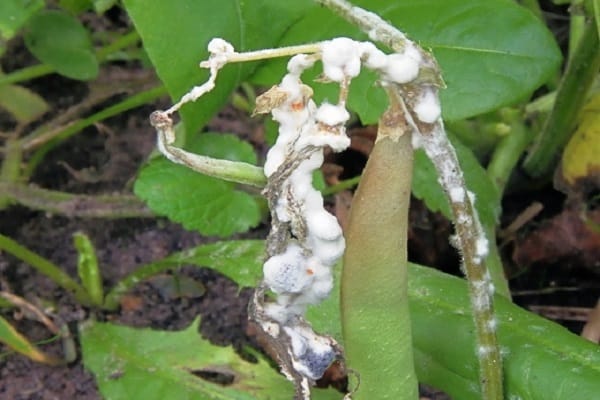
- weed removal;
- removal of damaged leaves and stems;
- moderate watering of treated plants.
Solution for treating melons infected with gray mold: urea 10 g, copper sulfate 2 g, zinc sulfate 1 g. The proportions are given for a volume of water of 10 liters.
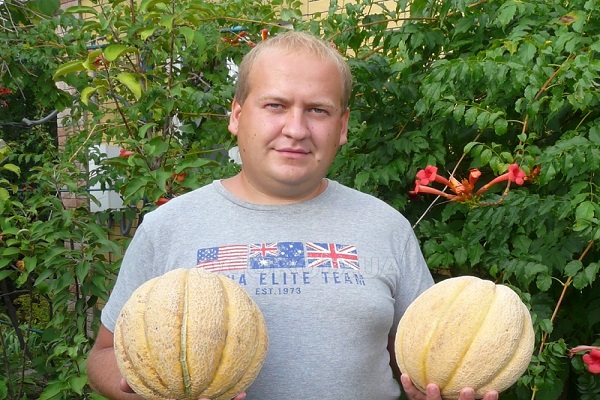
Powdery mildew
You can recognize the disease by its symptoms: whitish spots at the initial stage, brown at later stages. The fungus affects the entire aerial part of the vegetable crop. The following measures help to prevent disease and treat diseased plants:
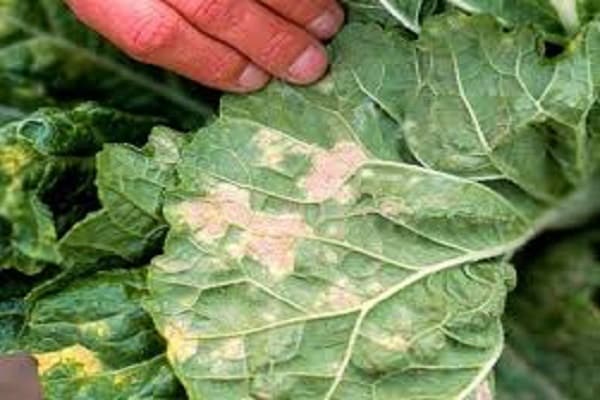
- keeping the ridges clean: timely weeding, removal of plant residues at the end of the season;
- crop rotation;
- colloidal sulfur treatment of all plants with powdery mildew symptoms.
Solution recipe: water (10 l), drug (100 g). Processing - spraying the leaves, must be carried out weekly. The last one - not later than 20 days before the mass harvesting of fruits.

Downy mildew (downy mildew)
Young plants suffer from downy mildew. On delicate leaves, spots appear, painted in a yellow-green color. Their size increases over time. Increased humidity leads to the formation of gray plaque on the bottom of the sheet plates.
To avoid illness:
- pre-sowing melon seeds - immerse them in water heated to 45 ° C for 2 hours;
- treat with a solution of urea (1 g / l);
- use Topaz, Oxyhom preparations every 10 days.
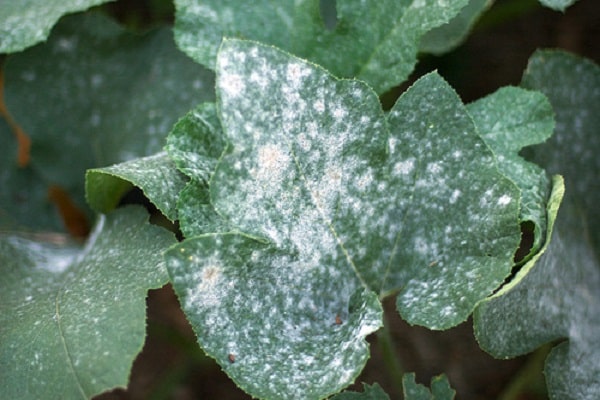
Treatment with drugs, carried out exactly according to the instructions, will not harm plants and human health.
Cucumber mosaic
A viral disease that cannot be cured, but which can be prevented with simple preventive measures:
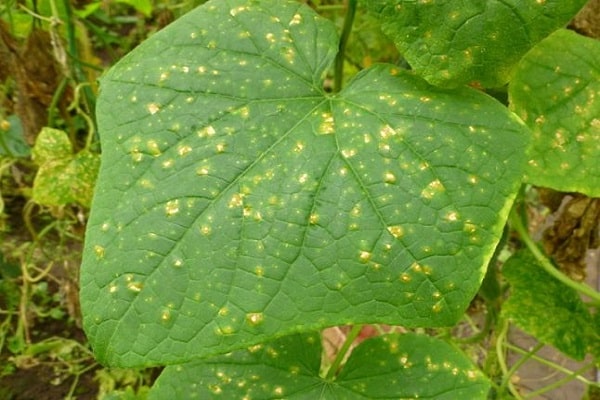
- compliance with all rules of crop rotation;
- seed treatment before sowing by heating;
- use a 5% solution of potassium permanganate for processing working tools;
- keeping ridges and row spacings clean;
- destruction of aphids when they appear on plants.
You can learn about the disease by mosaic spots on the surface of the leaves, deformation of leaf plates, fallen flowers, the death of large leaves, and ugly fruits with warts on the peel.
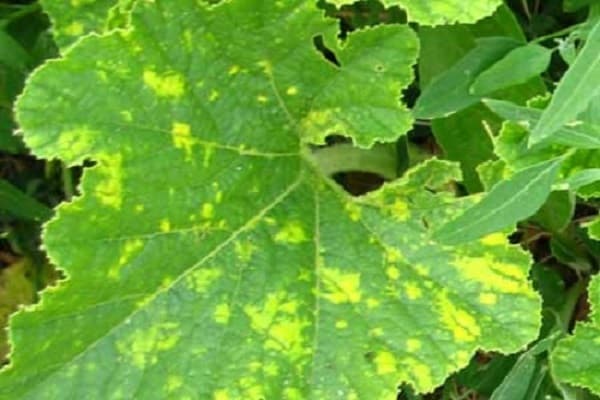
Root rot
Difficult weather conditions, poor maintenance weaken the plants. With weak immunity, they develop root rot, in which the color of the stems and roots first changes (shaved), then they become thinner.At the last stage of the disease, dark spots appear inside the melon, and it loses its consumer qualities, becoming inedible.
They fight rot as standard:
- organize proper watering;
- loosen the aisles;
- prepare seeds for planting by pickling them in formalin solution (40%) for 5 minutes.

White spot (septoria)
Septoria is spread by fungal spores. The peak incidence occurs during the rainy season, when the air humidity is increased. The causative agent of the disease persists for a long time in the soil where unharvested plant debris and plant seeds remain.
In the diseased plant, at the initial stage, white spots are formed, which gradually acquire a dark color.
The main control measures include deep autumn tillage to a depth of 30–35 cm, removal and destruction of diseased plants, preventive spraying of tops with Bordeaux mixture (1%), and compliance with crop rotation.
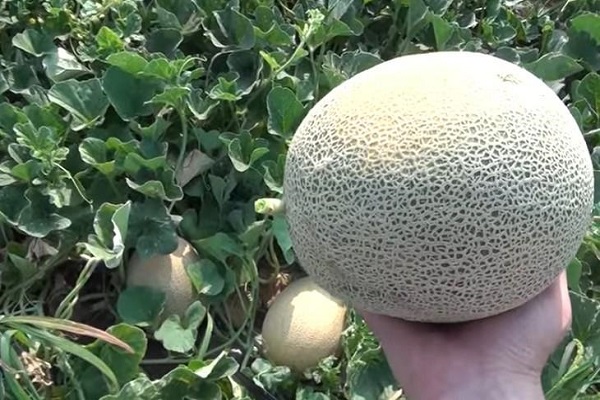
Angular spot (bacteriosis)
Bacteriosis can affect a plant at any stage of development. The disease causes more damage to leaves and stems. Brown spots with an irregular shape appear on them. Small, oily, depressed spots appear on diseased fruits.
Factors contributing to the development of the disease:
- night temperatures from 18 ° C and above;
- dew.
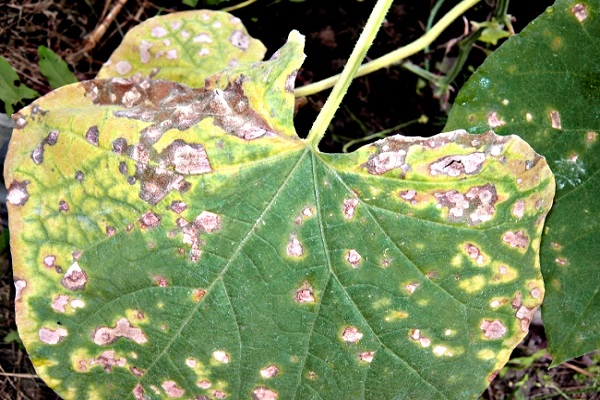
Ascochitosis
The fungus attacks the root collar of the melon. The onset of the disease is spots on the neck of a pale color with many dots (pycnidia), the progression of the disease is an increase in the area of the affected areas. The disease spreads to fruits and stems, they darken and dry out.
The disease is provoked by low soil temperature and excess moisture. Prevention and control of the disease:
- deep autumn tillage (plowing);
- crop rotation;
- cleaning the site from old plant residues;
- timely disinfection of the soil;
- removal of affected areas of plants;
- application of potash fertilizers;
- processing of the aboveground part of plants with Bordeaux liquid.
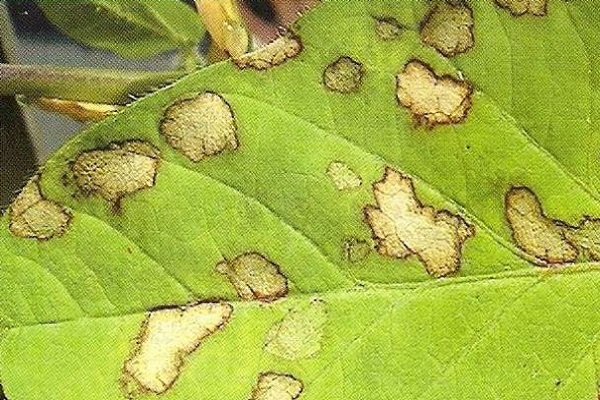
Anthracnose (copperhead)
Brown or pink spots on the leaves are signs of melon anthracnose. First, the spots increase in size, covering the entire leaf plate, later holes appear in their place, the leaves are deformed (curled) and eventually dry out.
The lashes are damaged: they become fragile, thin. The flesh of the melon is covered with brown spots and rots. Anthracnose prevention and control measures:
- regularly loosen the soil the next day after watering;
- dusting plantings with sulfur powder;
- spray the plants every 10 days with 1% bordeaux liquid.

Processing facilities
There are no modern melon varieties that can withstand the melon fly. Control methods: prevention;
- destruction of infected specimens;
- treatment with special preparations at the stage of flowering and ovary formation.
The cardinal methods of control are insecticides. Melon fly is afraid of drugs:
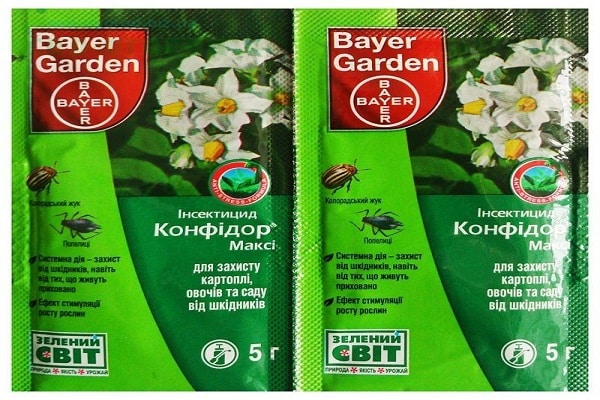
- Confidor.
- Karbofos.
- Fufanon.
Control methods are reduced to spraying plants during the formation of ovaries. A single treatment will not give the desired result. Spraying is repeated at least 3 times. Their treatment is carried out with the help of other drugs (insecticides) for melon diseases:
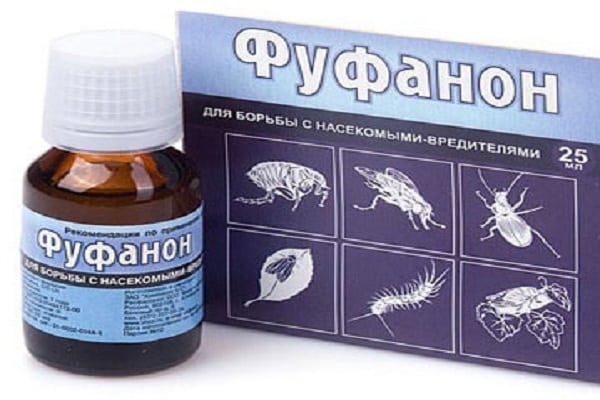
- Sherpa.
- Decis.
- Arrivo.
So that chemical preparations do not cause the accumulation of harmful substances in the fruits, the processing of plants is stopped a month before the mass harvest.

Processing technology
In Transcaucasia, an original method of fighting melon fly is used. When the ovaries reach the size of a chicken egg, they are buried in the soil to a depth of 14 cm. There they are not afraid of fly larvae. Damaged melons will rot and are not suitable for further use. If holes are found that have damaged the skin of the fruit, the melon is destroyed by burying it into the ground to a depth of 0.5 m or burned.
